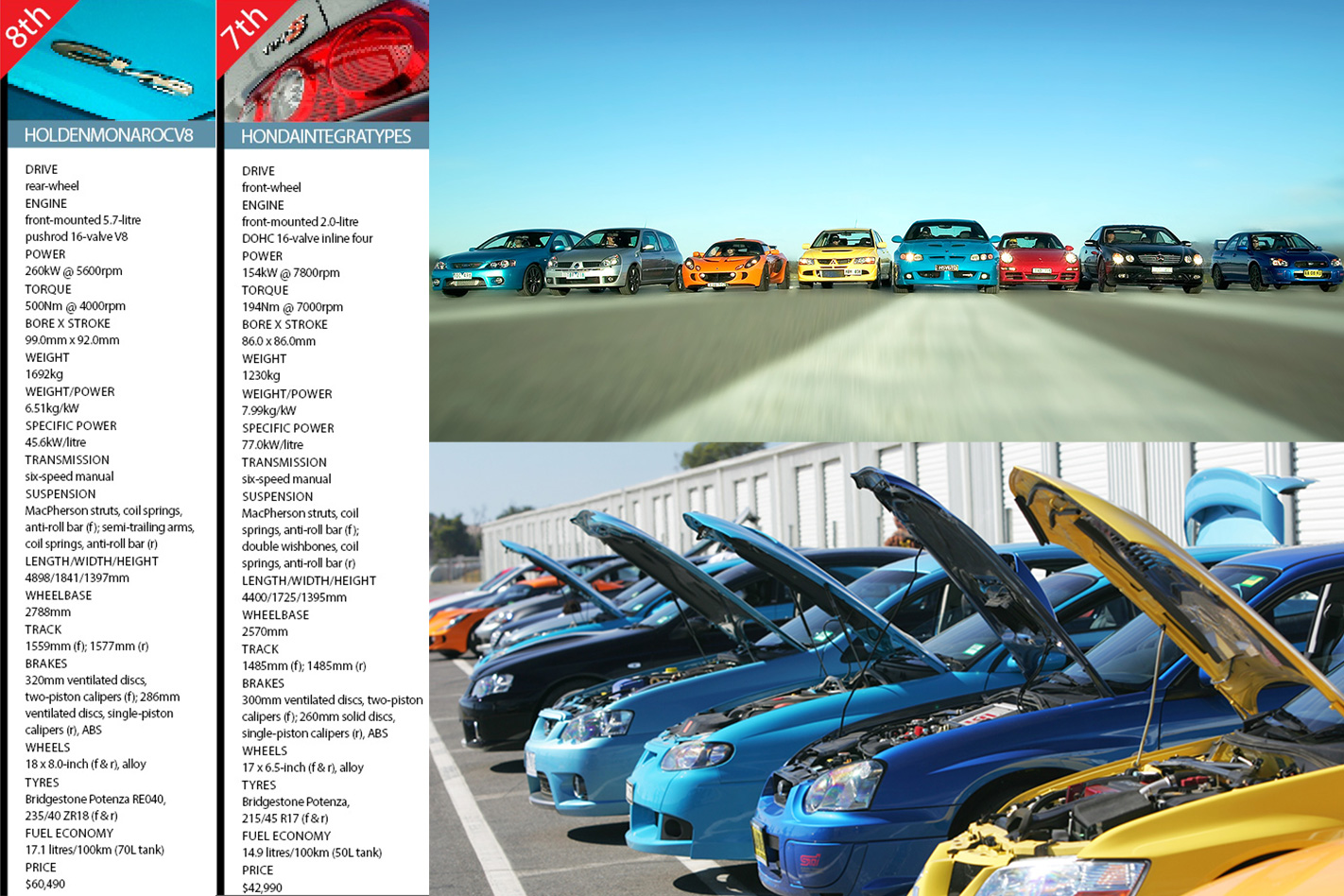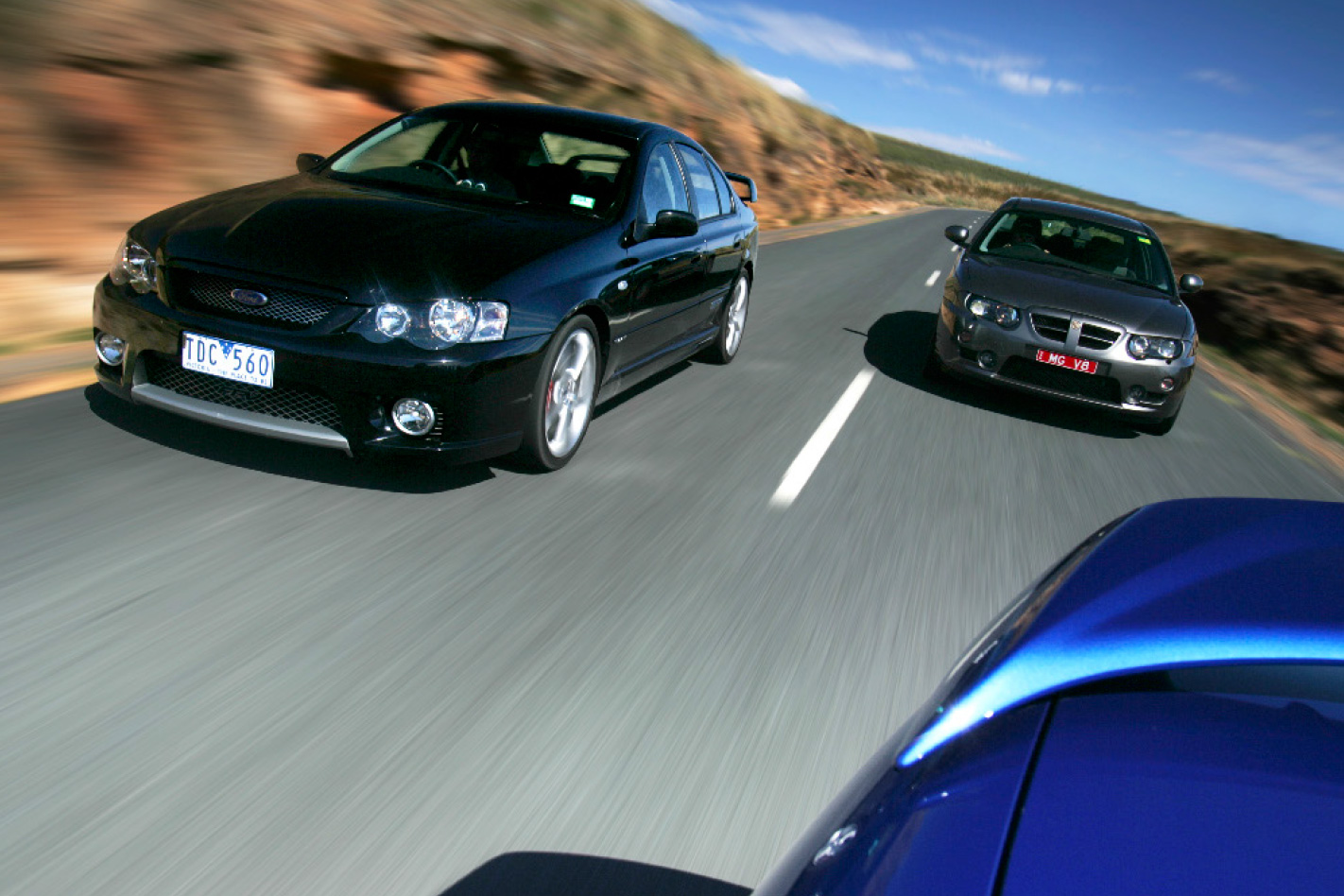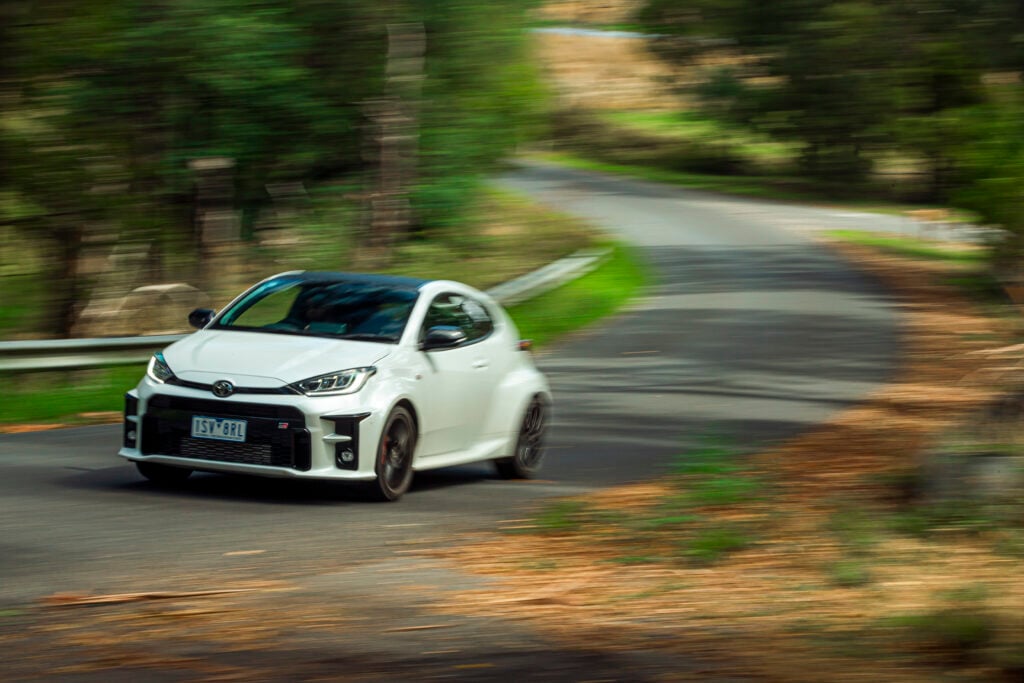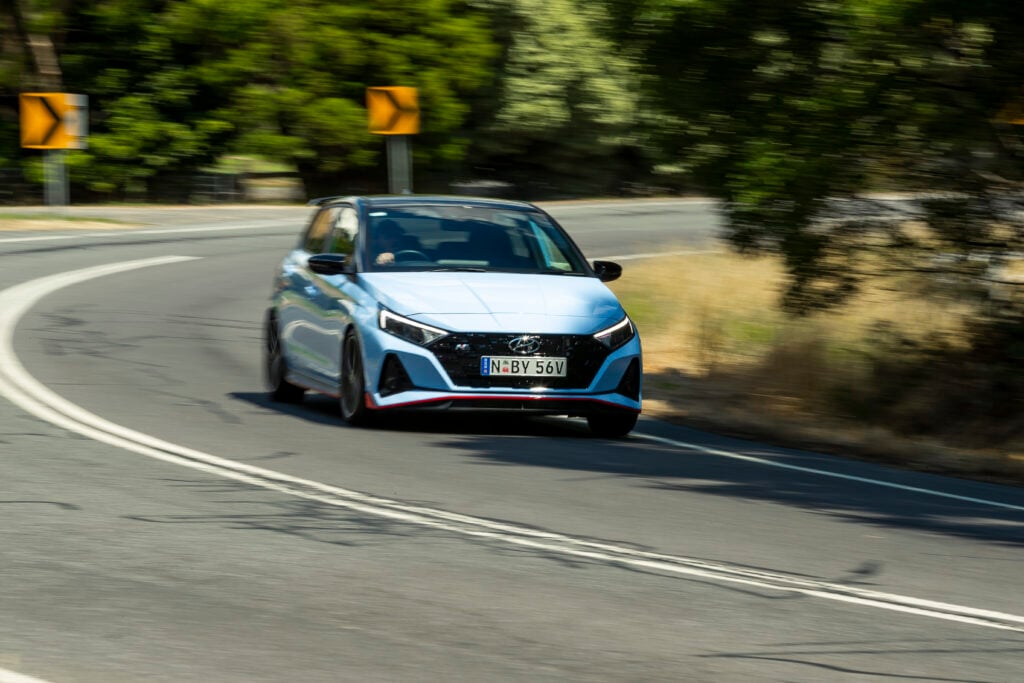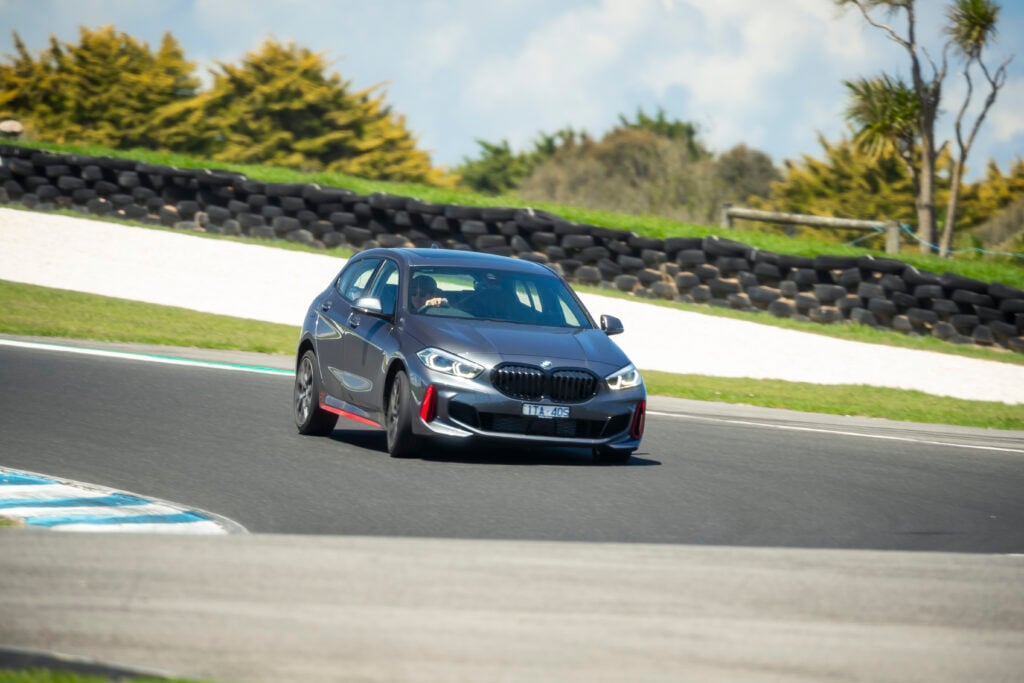It became clear early on that somewhere near the 14 or 15 mark on this year’s scorecard, performance-car impostors were wasting teacher’s valuable time.
This article was first published in MOTOR magazine’s March 2005.
That the ZT 260 didn’t make the cut should surprise only those that haven’t yet been told their Emperor has no clothes. Converting a competent, front-drive V6 into an under-powered, under-suspended V8, rear-driver was not, we’d suggest, the move of a company needing to bullseye every strategic dartboard to survive and prosper.
Better than we thought it would be, though, the V8 suffers from tall gearing, and a Leaving Las Vegas thirst. It’s got all the noise, fuel consumption and range of an old-school V8, but lacks the urge. Its open-diff struggles for drive out of corners and it runs lots of steering weight but no feel.
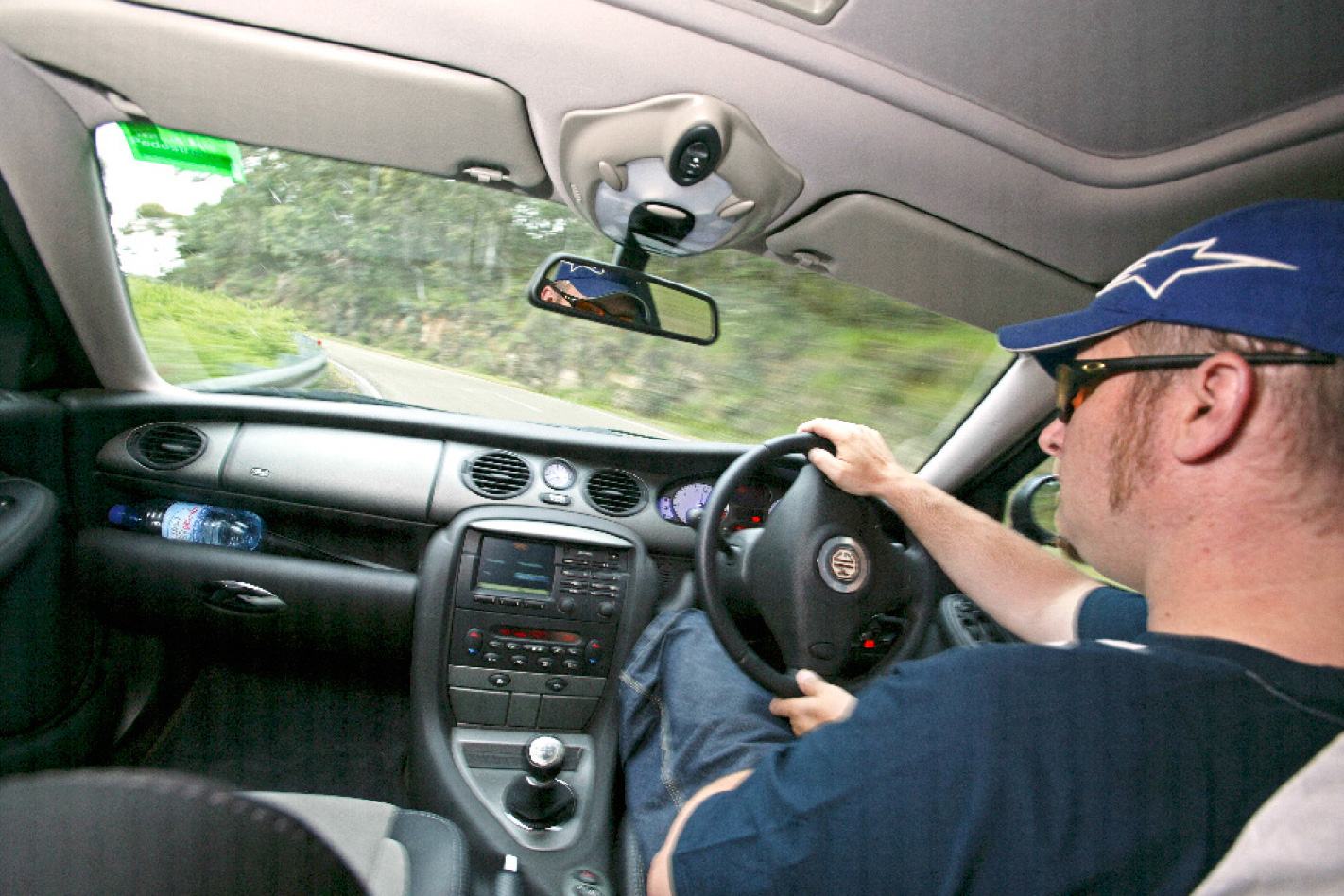
MINI might call it the Cooper S Chilli, but it was the slowest car at Winton and it was never out of the bottom three in any measured test. The Chilli is a nicer road car than it is a track car – but that’s not meant to be a compliment.
The chassis always seems to be catching up to what the front end asked two inputs ago and it’s too sharp in the steering to be anything but a handful in fast corners. Neither will it get out of tight corners without epilepsy-inducing flashes of the ESP light. Bye-bye.
Mazda’s MX-5 SE is still a forgiving, involving sweetheart of a car, but age has wearied both its reactions and its body integrity. Below 4000rpm or so, it’s practically a standard atmo 1.8-litre four, with the low-pressure turbo battling to gather enough fizz. Over 4000 revs the boost it tips in is a bit underwhelming.
This year’s cartoon-blue GTO was the least convincing thing to come out of Clayton since non-alcoholic Scotch. Taylor J insisted we take an automatic HSV, purely because the slusher’s sprinting ability was higher than the six-speeder.
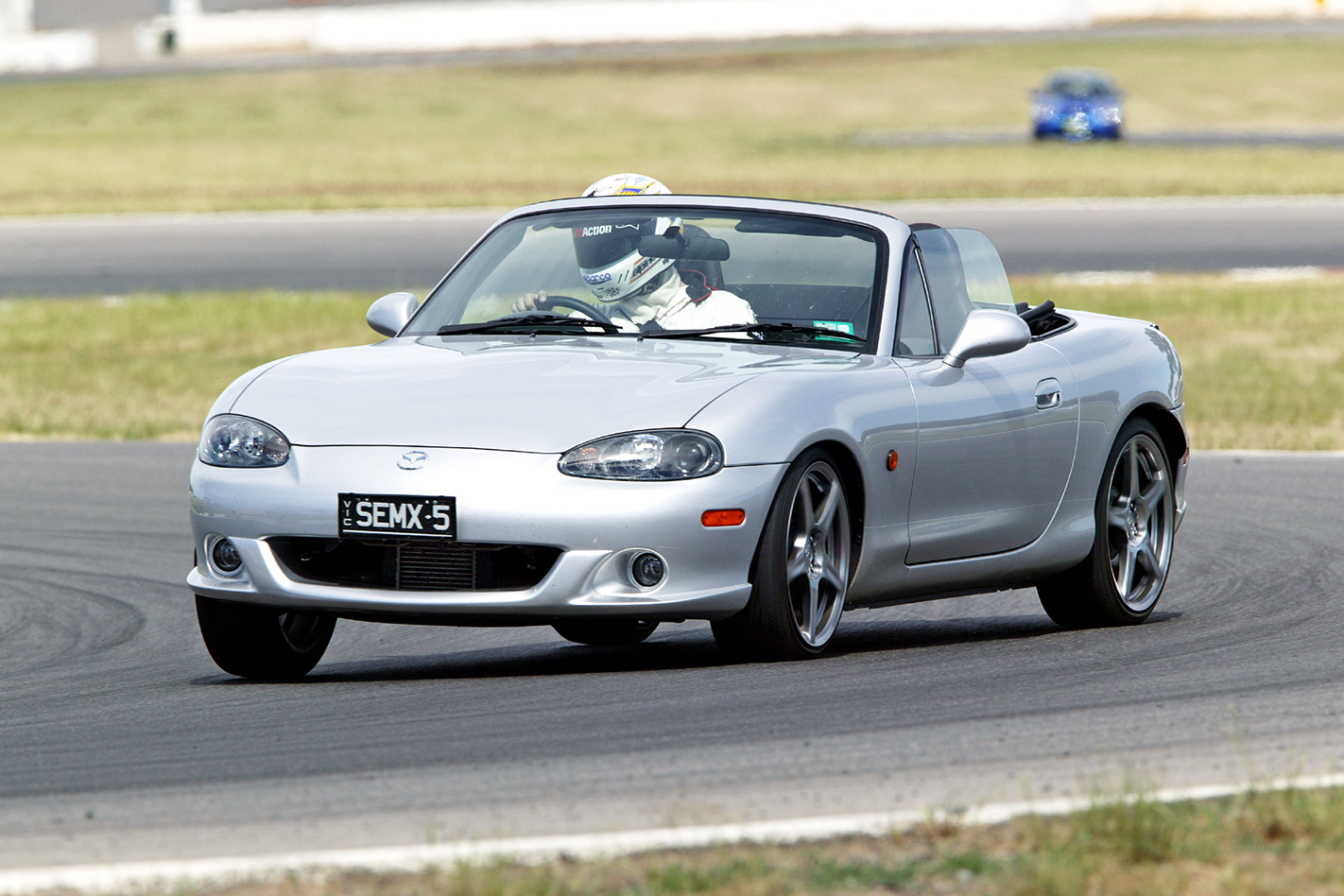
The shame is that the chassis is convincing, allowing drivers to lean the car on either the nose or the tail, depending on your driving style. It’s honest, entertaining and, while power-down remains an issue, it’s almost always a giggle. We expected a lot out of Audi’s TT.
Performance Car of the Year 2005 – Hillclimb: Classic MOTOR
Instead, we got a car that most reckoned was very ordinary in almost every respect. There is an incredible smoothness to the shift action from the new gearbox, but it gets demerits for shifting when you don’t ask it to, not shifting down (or memorising your request for it) when you want it to and, if you’re trying to get speed out of it around a track, is largely a frustrating pain.
It’s a better car (and gearbox) on the road, but not as fabulous as we’d been hoping. Its steering kickback over mid-corner bumps is shocking at high cornering loads, the left-foot braking throttle shutdown is pointlessly frustrating and the chassis is still unbalanced and un-adjustable in its cornering stance.
An awesome missile in a straight line, the CL65 AMG punches through the standing kilometre in 22.35 seconds to be a full second quicker than anything else and slower, historically, only than the 911 GT2, the Viper and the 911 Turbo. Besides 450kW of twin-turbo 6.0-litre V12 power, there’s also that 1000Nm (yep, a gorilla) at 2000rpm.
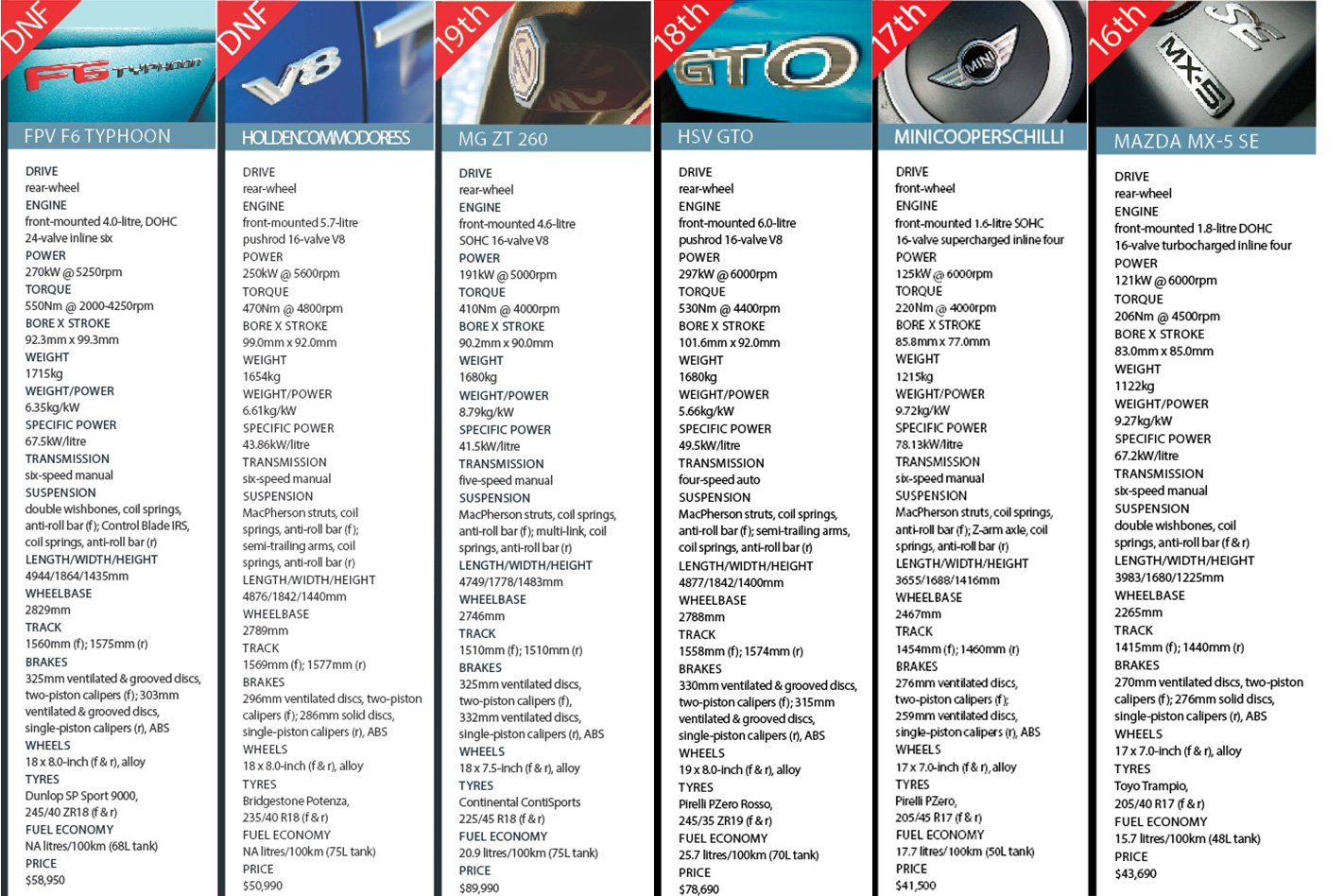
Ask it to work a bit smarter, though, and the cracks start to gape. The steering is dead-set ordinary; riddled with kickback (so severe it’s audible) and slap on both the road and track, and the front end feels as though it’s just not rigid enough to cope with the massive torque loads being twisted through it.
The front wheels feel like a sprintcar’s front wheels look, springy and bouncy over smooth surfaces, and the traumatised gearbox is smooth, but inconsistent in its decision-making on shift points. Renault’s Sport Mégane 225 split the judging panel.
Easy to drive at eight-tenths, packed with clever features and boasting a terrifically strong and frugal 300Nm turbocharged four-cylinder engine, its appeal as a day-to-day driver is fairly obvious even to its knockers. It’s difficult, though, to reconcile that this car and the Sport Clio Cup are born of the same parent.
At its best when left a gear too high, plundering its torque curve, it’s hardly a willing track charger. Driven hard, it can stumble into a wallowing mess on the racetrack, struggling to get its power down, pivoting around its vertical axis two or three times a corner as the ESP takes whole chunks of the lap out of the driver’s control.
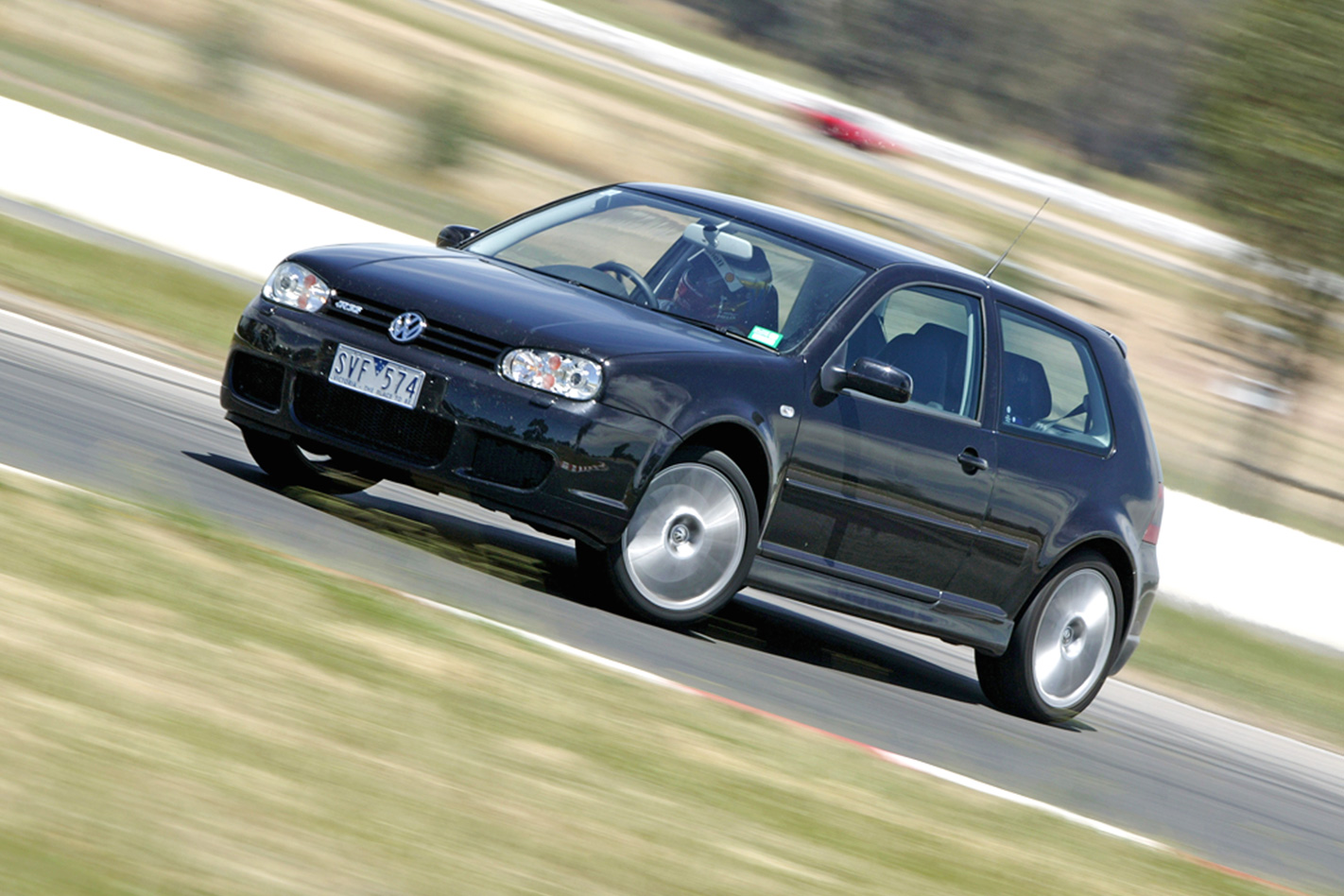
Its gearbox is direct until you hurry it on the track, then it feels oddly remote. Ciao. There’s a lot to like about the FPV GT-P, it’s a big car with great seats, lovely ride quality and the most luscious of engine notes. Oh, and it’s quite the drift car.
FPV’s detail engineering changes to the gearbox have rendered it a better device than in any Holden-based product (it’s essentially the same unit), especially in its first three gears. The trouble is that it just doesn’t go hard enough and it doesn’t do the numbers.
FPV owners want to be able to at least match HSV owners. Instead, they struggle with Holden owners. Embarrassingly, it was only 11th fastest at Winton. Regardless of what FPV says, nobody’s going to be happy spending $70k on a GT-P knowing it gets bested on a track by a Commodore SS, let alone being whupped by 1.5 seconds a lap by the ClubSport R8.
It’s a better road car, with lovely steering weight and throttle response, but it’s got too much body roll, and not enough turn-in bite or mid-corner grip. Nor is its power-down on corner exits anything special. There’s nothing much wrong with Benz’s SLK350.
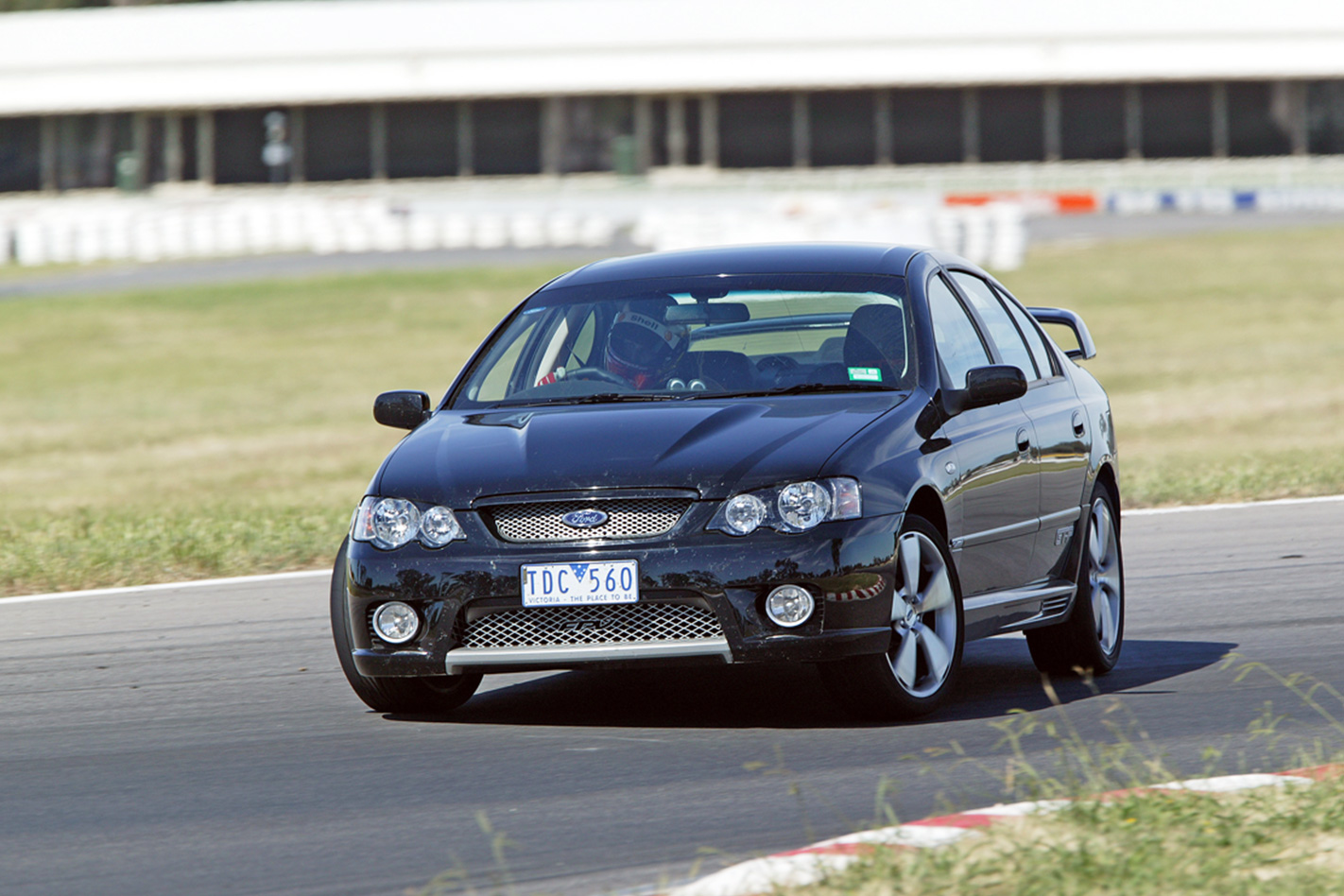
Benz just doesn’t seem to have the confidence in its chassis engineering to let you tear away the swarming electronic aids to taste the raw car beneath – something both BMW and Porsche gleefully and proudly invite you to do.
While the noise is always the dominant factor with the SLK’s engine, it doesn’t build urge in the same manner as it builds aural intensity and it can be difficult to pick its power peak, especially as the curve flattens off towards its crest.
The steering is, typical of the brand, fairly slow in the rack, but nicely weighted (Merc’s are notoriously light in the helm), and the chassis prefers safely leaning on the nose mid-corner. Try to move the balance rearward and you’ll find the boffins have been there before you and built a safety net.
It’s a lovely car in so many ways, but giving the customer the benefit of any doubt as a driver isn’t one of them. And that’s too frustrating and self-limiting for us to take it further up the ladder. We expected big things of the re-powered Exige, and we got them.

It flew home sixth in the 0-100km/h and quarter mile sprints, even though it was being run down by more powerful weaponry (in terminal velocity) by 400 metres. But point it at a track and watch it hammer.
This chassis is an exquisite piece of unconventional engineering, with ridiculous levels of grip, remarkable feedback from its unassisted steering and brakes that never, ever feel like they’ll go away. That and, when it’s on the cam, its throttle response fair sparkles.
The freshly angered Monaro CV8 was as fast as we’ve come to expect, and comfortably walked into the top 10. It’s actually now a hugely enjoyable car, with an engine burble of unabashed potency that is finally matched by 260kW and 500Nm of delivery.

Even with its sharpened rack, the steering’s still a little slower than the car’s chassis accuracy could tolerate and, while you’re always aware of its weight (err, the brakes are, after a few kays of enthusiasm, a dead giveaway), it never overwhelms you, like it does in the nose-heavy GT-P.
Perhaps the unluckiest cull victim of all was Honda’s Integra Type S. A sleeper in the classic mould, it was convincing on the track, convincing on the road and as chuckable as a 3am kebab. Ultimately not a very quick track car, it’s a bag of fun.
Its power down is better than it has any right to be, its brakes are incredibly strong, its engine is manic (though it still feels a bit flat and doesn’t quite follow through with the power) and it always feels like it’s going Exige-quick, even though it isn’t.
A flattering car to drive, it’s as predictable, safe and controllable as only a well set-up front drive can be on the road and its only Hillclimb shortcoming was a bit of unwelcome ABS intervention over bumps. Its level of mid-corner adjustability is simply astonishing. Being the first of the losers, in this case, is no disgrace at all.
